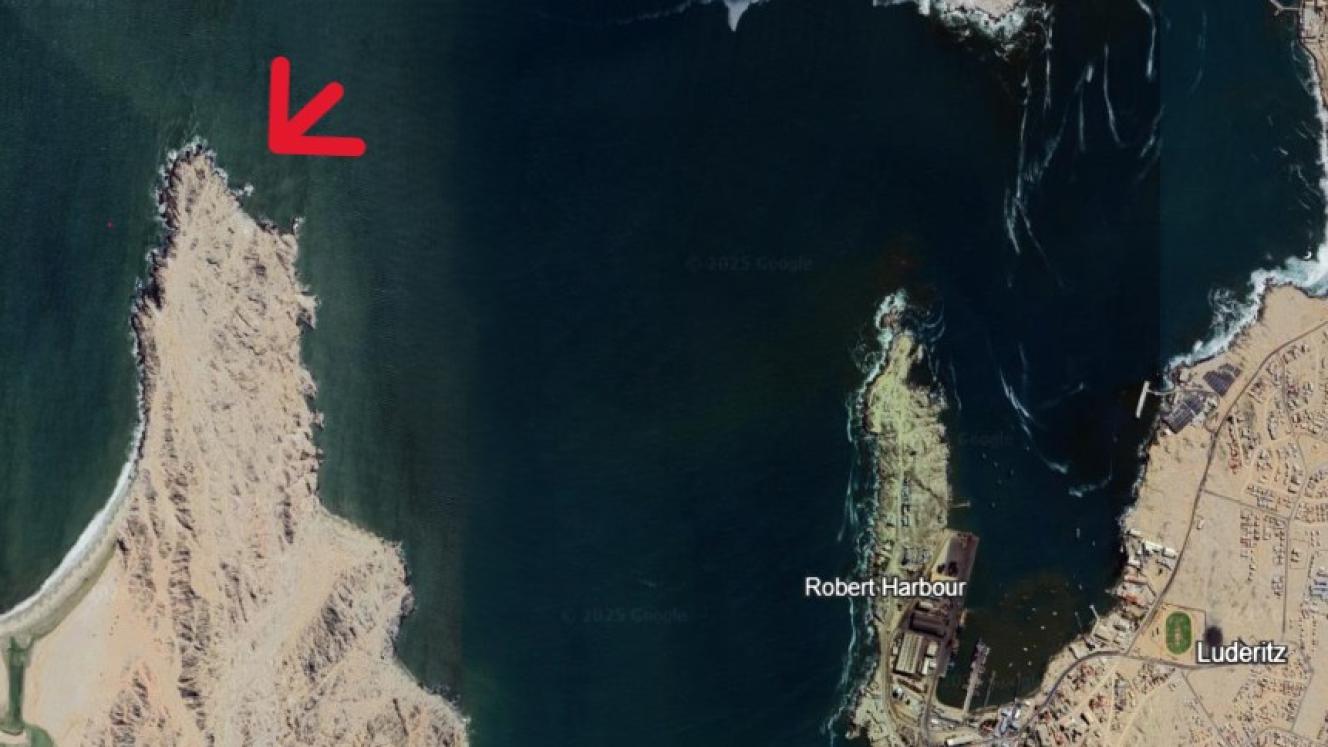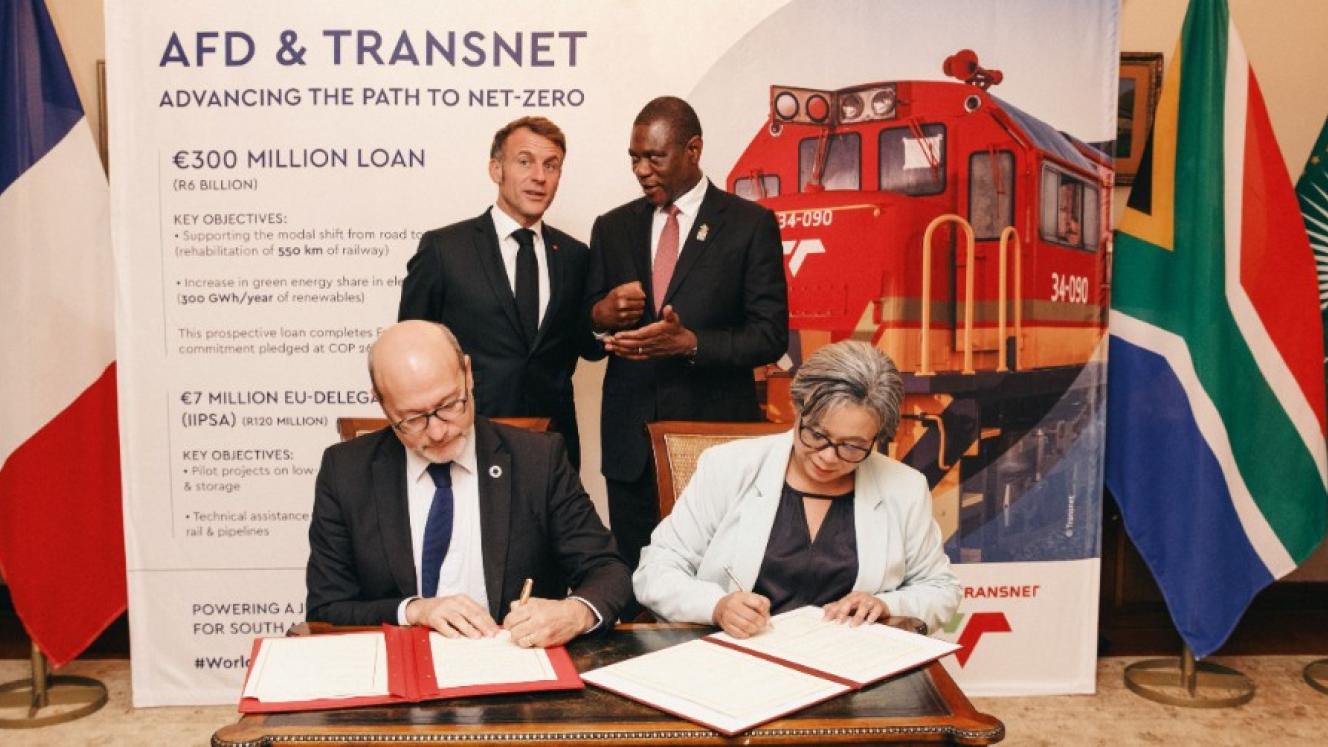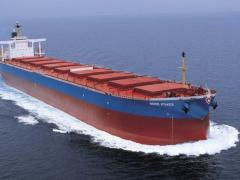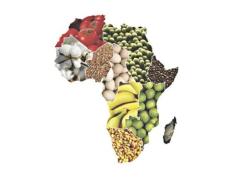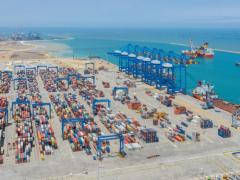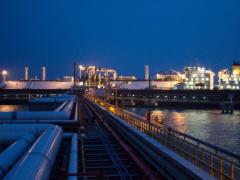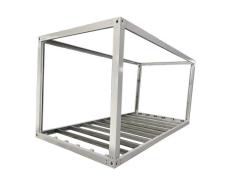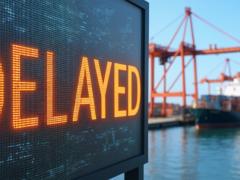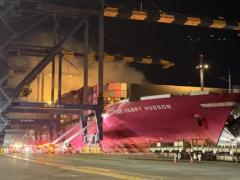Namport and the Port of Rotterdam are proceeding with a N$13 million project primarily intended to develop a green-energy export terminal, which is also designed to address the 8.75 m draught limitation at Lüderitz.
The latest development in expansion plans for the southern port emerged after the European Union’s Global Gateway initiative signed a service agreement with the Namibian Ports Authority to design a new Green Minerals and Hydrogen Terminal at Angra Point, directly across Lüderitz Bay.
The agreement marks a significant strategic shift for Lüderitz, where offshore gas exploration further south is driving a renewed economic boom for a town that last thrived more than a century ago after a short burst of diamond mining.
Several plans to revive the desert hamlet have come and gone.
One such was the long-since-abandoned oil-and-gas supply base once proposed for the area.
Now, Namibia is leaning towards sustainable export infrastructure aimed at critical minerals and future hydrogen-based fuels.
Under the Dutch deal, developers will lead a suite of early-stage development tasks, including a high-level environmental impact assessment, the conceptual layout and technical design of the terminal, and project structuring support.
The planned terminal is intended to support the export of critical minerals such as lithium, manganese and graphite – resources that are increasingly vital to global battery and clean-energy supply chains.
It will also incorporate facilities for green energy logistics, positioning Lüderitz as a potential gateway for low-carbon fuels destined for European markets.
Officials say the project could be transformative for southern Namibia, with Lüderitz offering deep-water access and proximity to emerging hydrogen production zones.
As such, the development is viewed as a key step towards unlocking both regional industrial growth and a new export corridor linking Southern Africa’s mineral wealth with Europe’s decarbonisation ambitions.
However, several steps remain before construction can begin. The procurement model, financing structure and build schedule have yet to be finalised. Stakeholders caution that the agreement represents a design commitment rather than a construction guarantee.
Angra Point is something of a hot potato for Namport and Namibia’s wide economic expansion plans.
Its 30 metres of draught depth have been identified as ideal for solving the existing port’s shallow depth, which cannot be dredged deeper because of the bedrock plate Lüderitz sits on.
But Angra Point is also an environmentally sensitive area, part of the Succulent Karoo biome, and a site of historical significance.
Traditional leaders from the Nama and Ovaherero communities argue that the port expansion could desecrate graves associated with the Shark Island genocide site dating back to Namibia’s colonial occupation by Germany.
In an earlier development study by the Japan International Cooperation Agency, it was found that the development footprint of Angra Point is very large, roughly one-third of the peninsula.
The environmental impact study that forms part of the new Rotterdam deal is instructive in that previous objections to developing Angra Point seem to have scuppered port expansion plans.
In 2018, Freight News reported that Namport was continuing with its plans to expand operations in the port of Lüderitz Bay, according to Bisey Uirab, then chief executive officer of Namport.
He said “serious support” had been received from the government – back then – to proceed with shifting port operations from Lüderitz Bay to Angra Point.
It was reported, among other things, that plans included the building of a new deep-water terminal at Angra Point and the completion of the upgrading of a rail link by building a 4.5-kilometre-long ‘sand tunnel’ to protect the line from shifting sand dunes.
